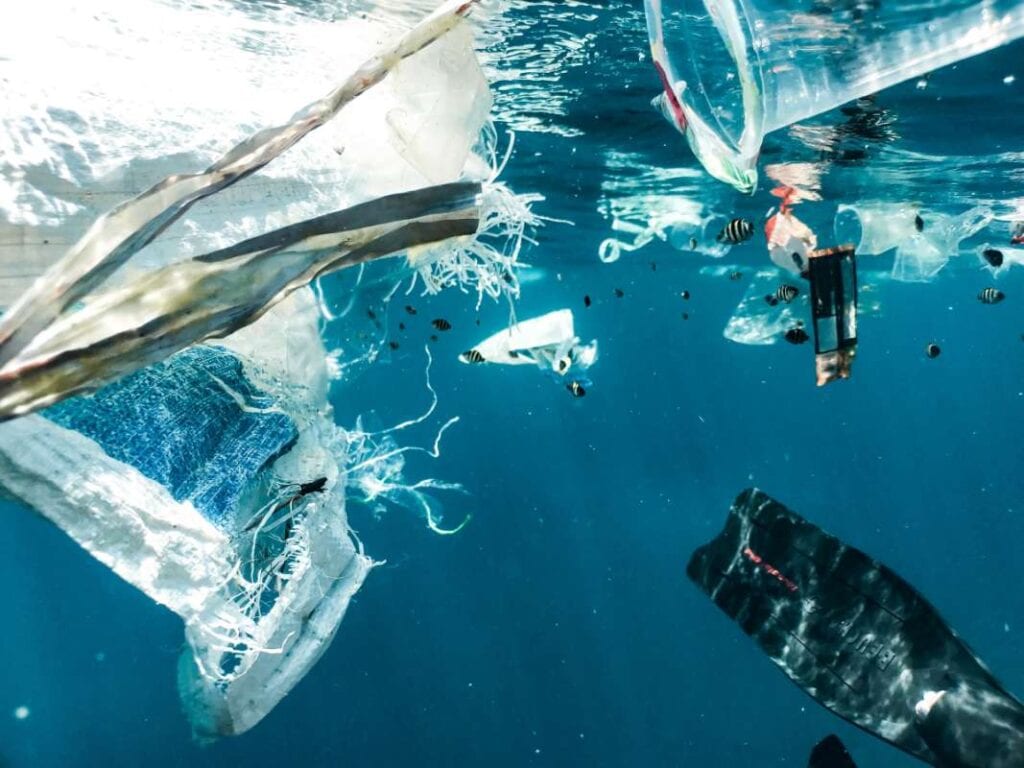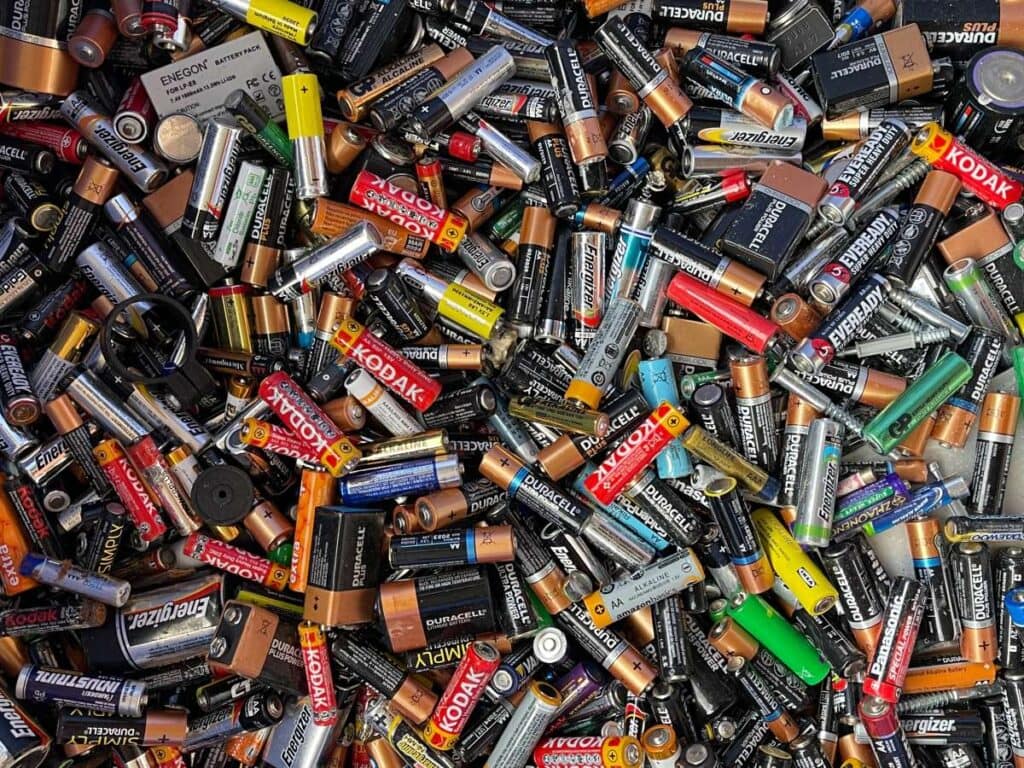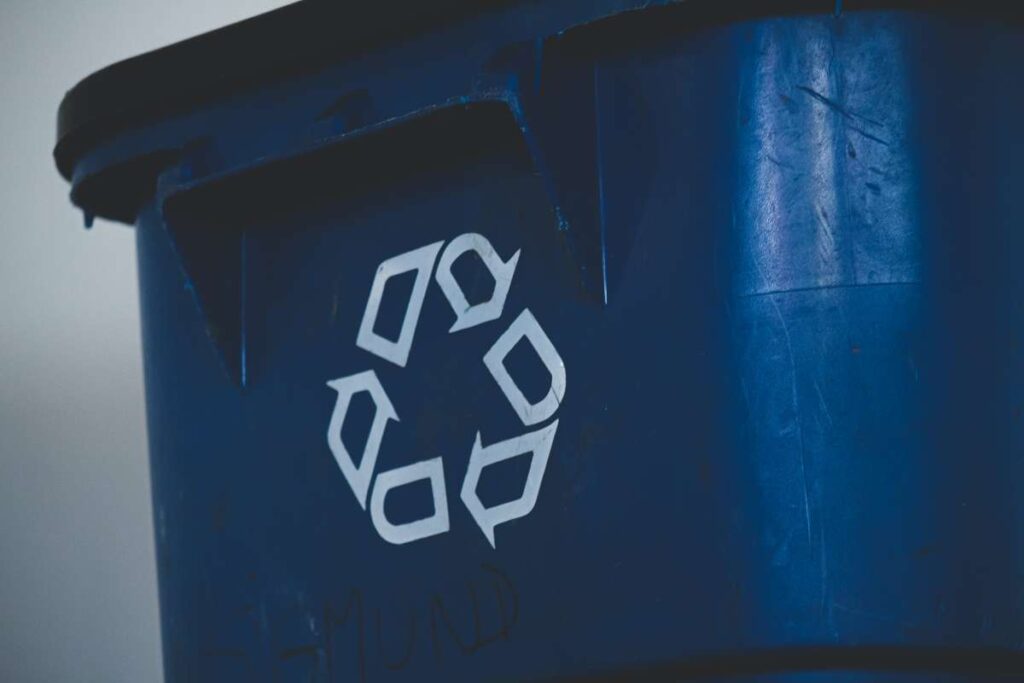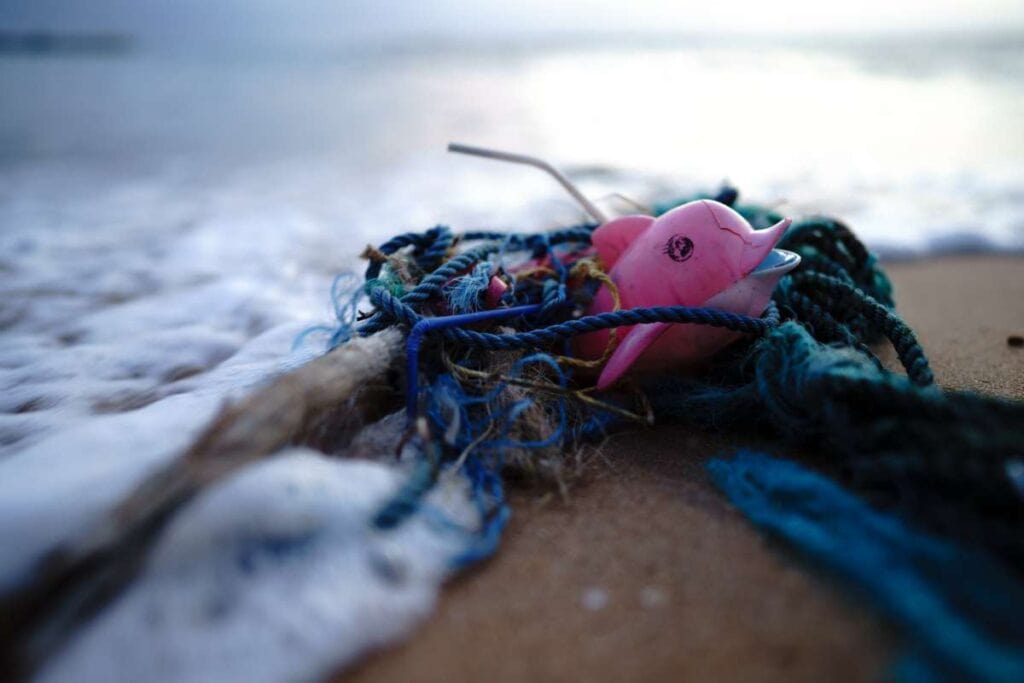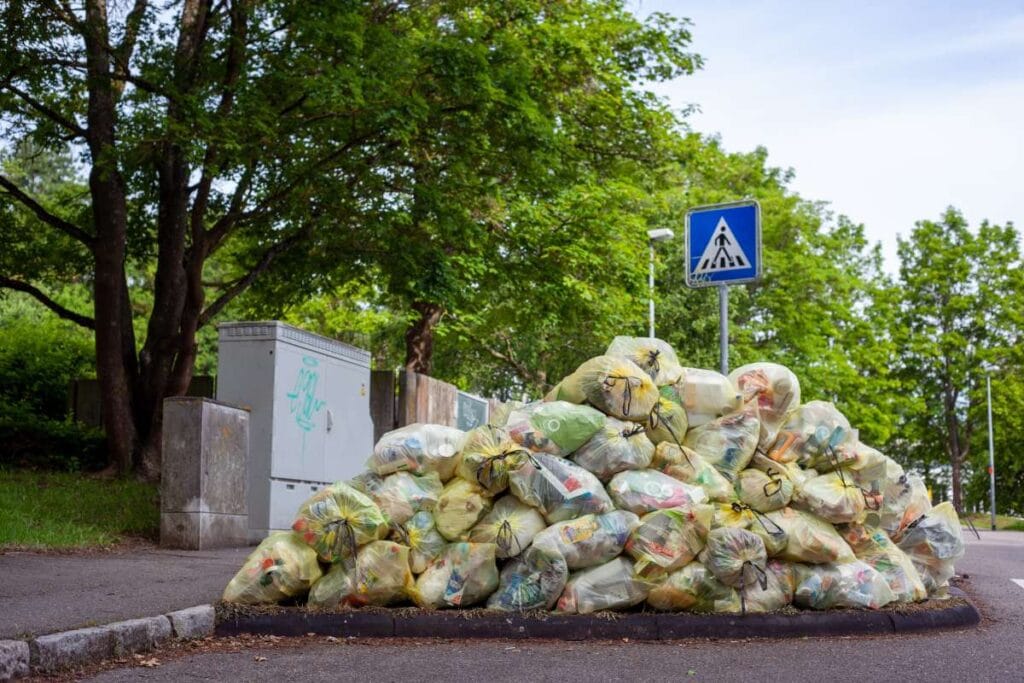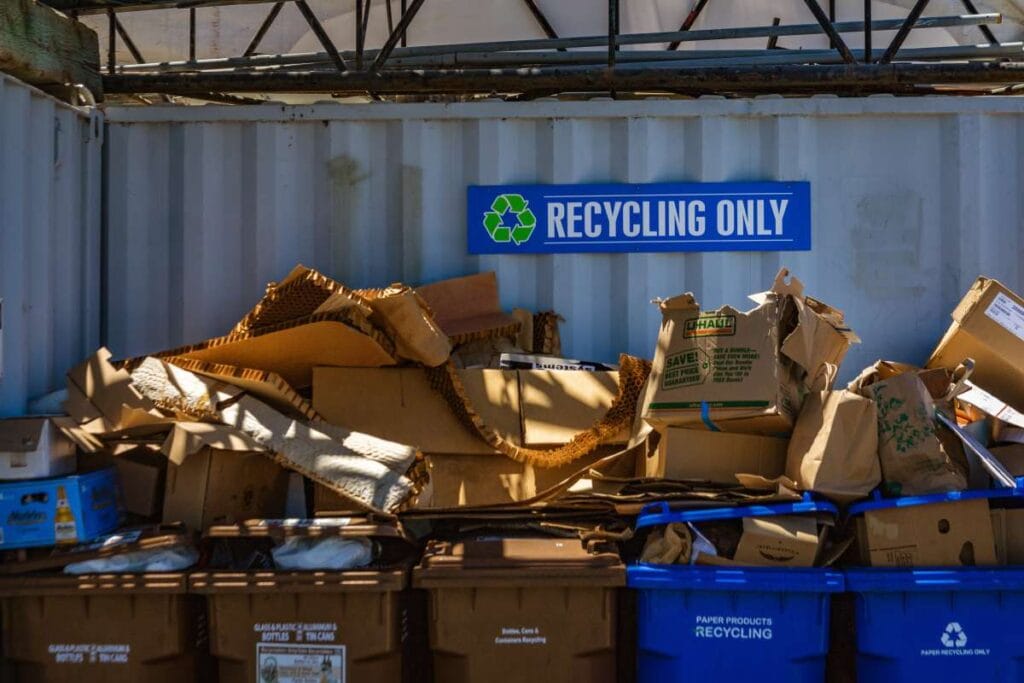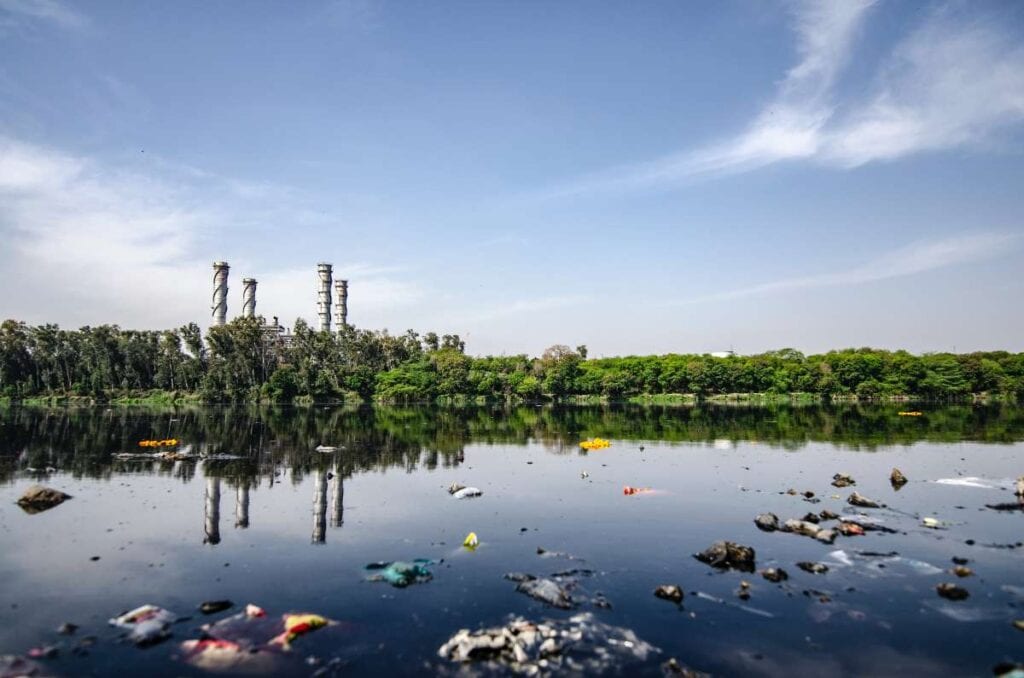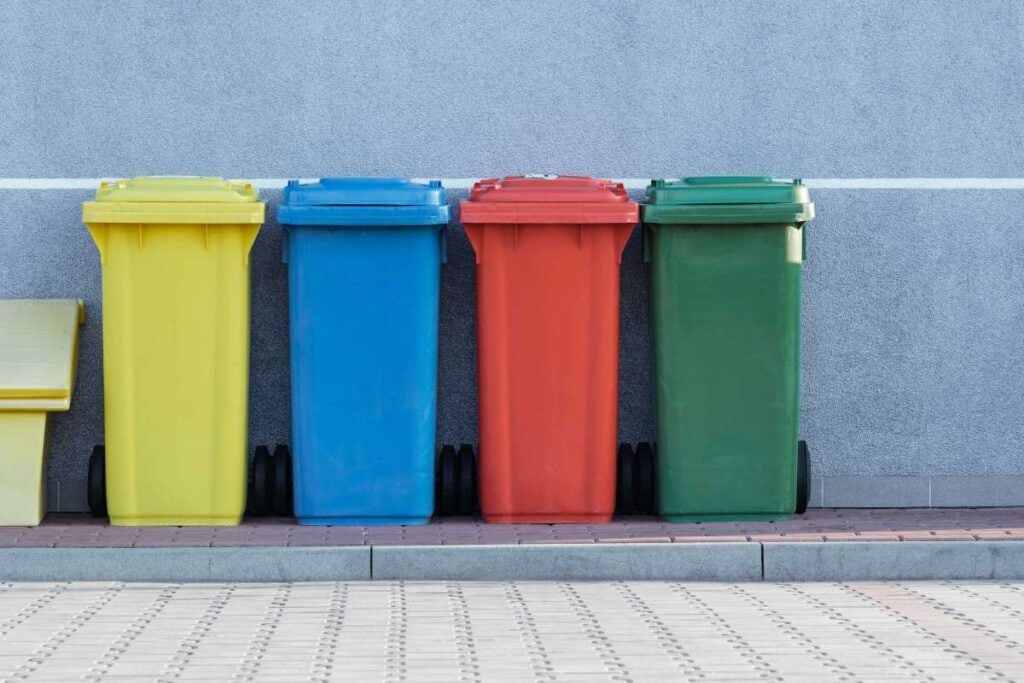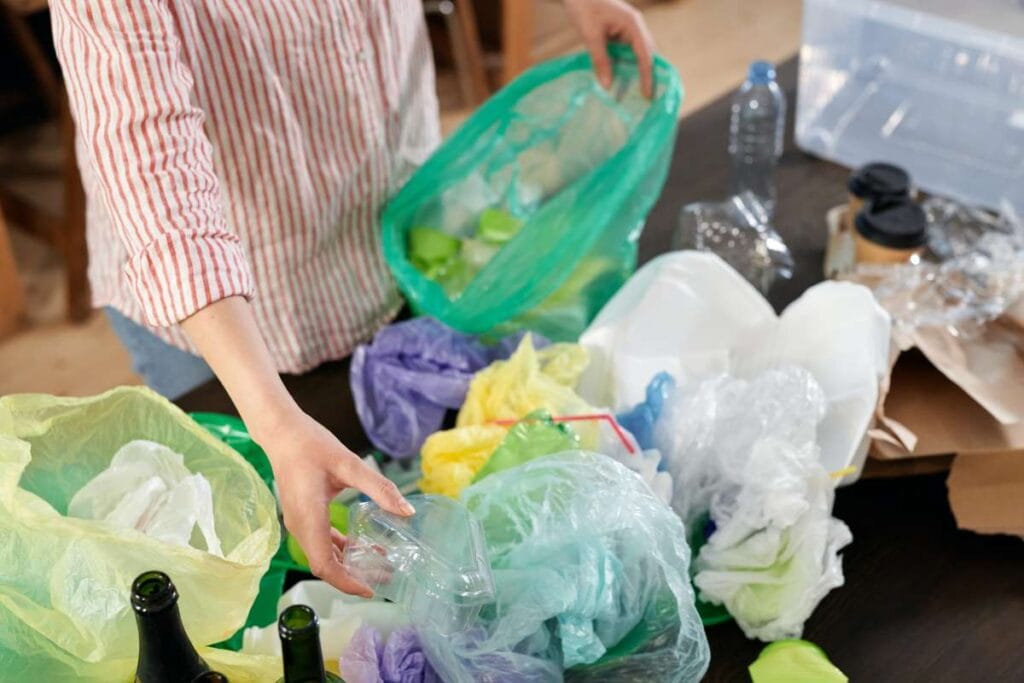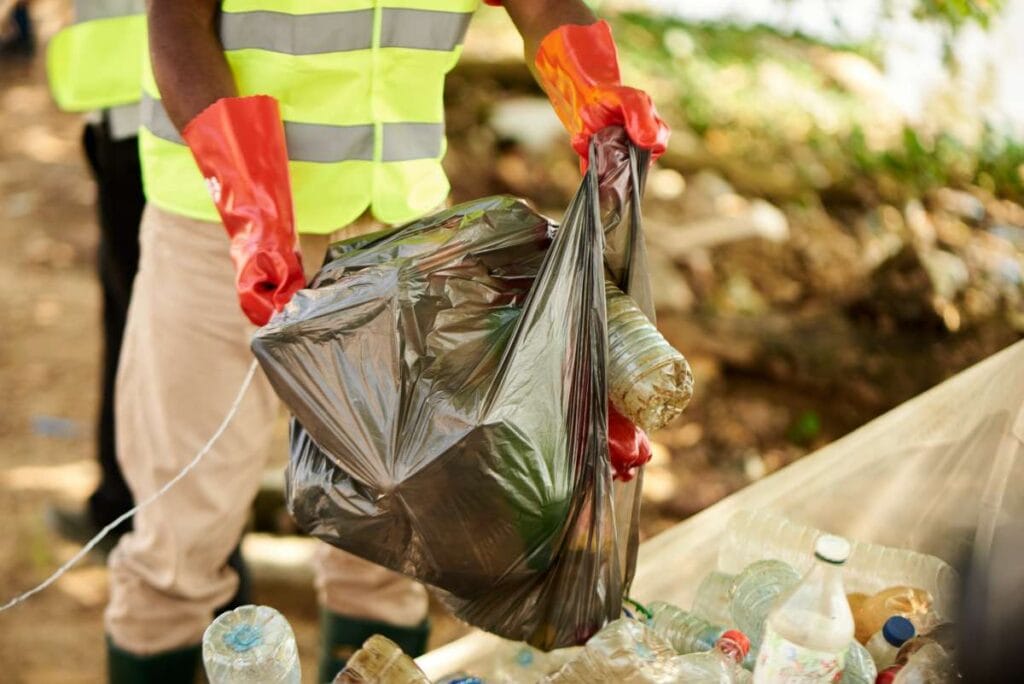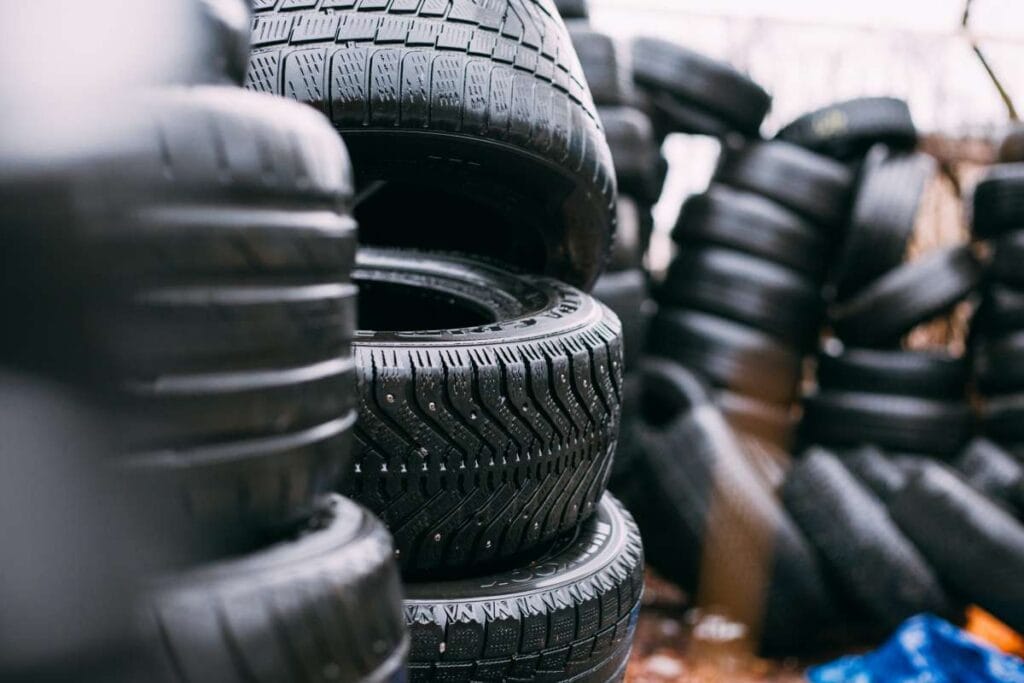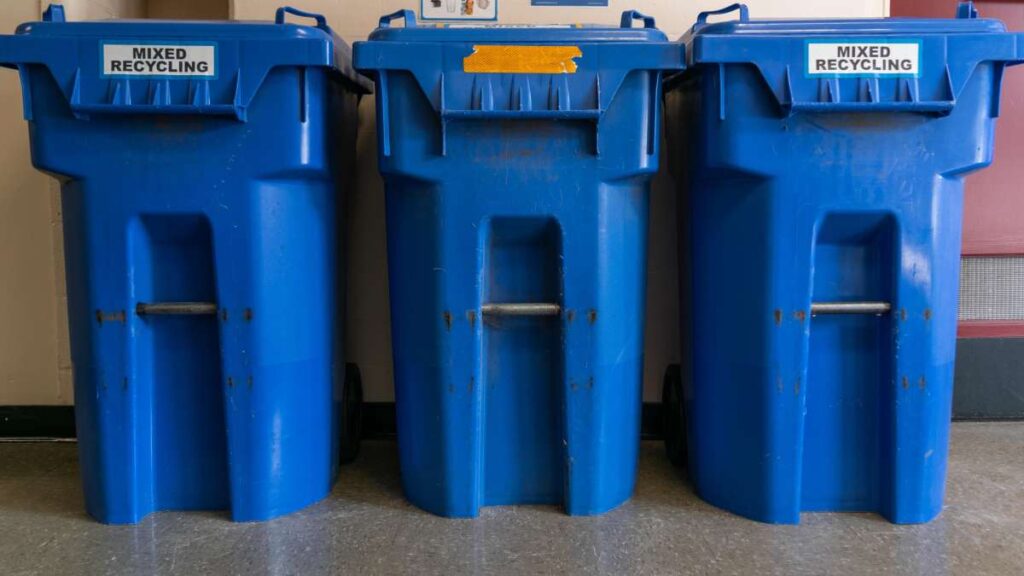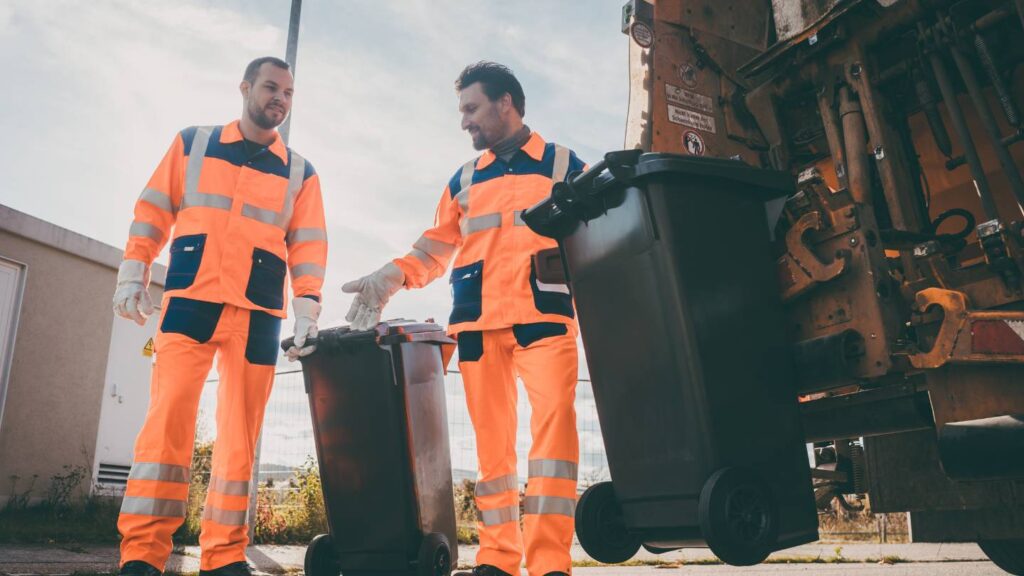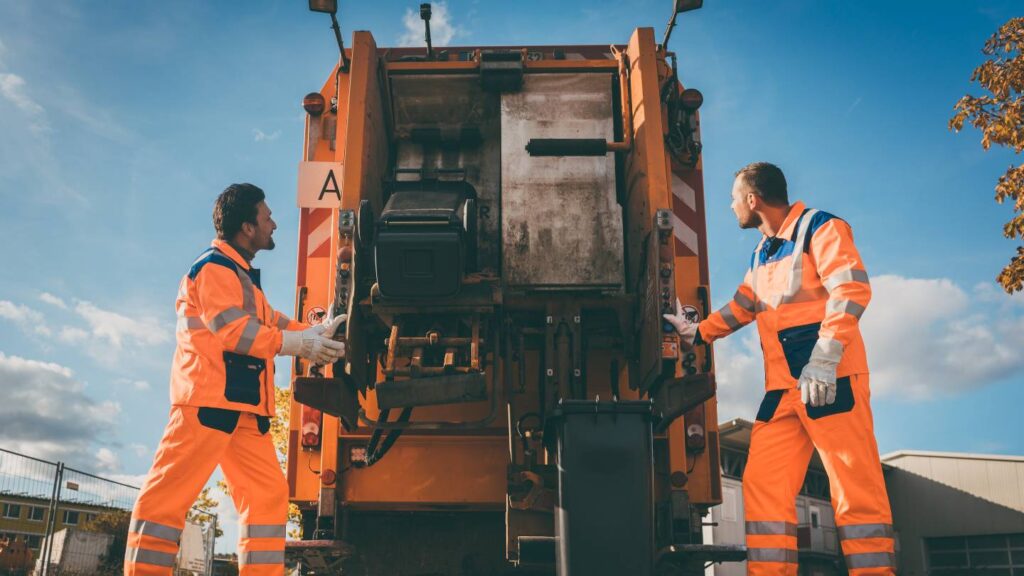Water is one of Earth's most precious commodities because it is required by every living thing. Garbage is a major contributor to the global problem of water pollution. Debris, such as plastic garbage, abandoned fishing gear, and other trash, can have devastating effects on ecosystems and human health.
The issue of marine debris is widespread, affecting the entire ocean and even the Great Lakes. Contaminants from various sectors endanger human and animal health, and water pollution affects freshwater sources as well. There can be serious consequences if this pollution disrupts ecosystems and prevents water from being used for its intended purposes.
This article will discuss the effects that trash in waterways has on ecosystems, wildlife, and human health. Current initiatives and proposed solutions to this problem will also be discussed.
What Is Water Pollution?
The World Health Organisation (WHO) defines polluted water as water in which the composition has been changed to the point where it is no longer safe to drink. In other words, it's poisonous water that can't be consumed or used in vital industries like agriculture because of the risk of contracting deadly diseases like cholera, dysentery, typhoid, and polio. Each year, these illnesses kill more than half a million people around the world.
Major water pollutants include radioactive materials, bacteria, viruses, parasites, fertilisers, pesticides, pharmaceuticals, nitrates, phosphates, plastics, faeces, and more. These chemicals are often unseen because they do not always cause a noticeable change in water colour. That's why scientists test microliter samples of water and aquatic organisms to guarantee safe drinking water.
What Are The Causes Of Water Pollution?
Water is particularly susceptible to contamination. As the "universal solvent," water dissolves more materials than any other liquid on the planet. Kool-Aid and dazzlingly blue waterfalls both owe their existence to this phenomenon. This also explains why water pollution is so common. Pollutants from cities, towns, and industries can easily enter the water supply and spread throughout the environment.
Some common causes of water contamination are described below.
Agricultural
About 70% of the world's surface water is used for farming and livestock production, making this industry not only the largest consumer of freshwater resources but also a major contributor to water pollution. Agriculture is the primary culprit in degrading water quality around the world. The agricultural sector is the primary contributor to water pollution, ranking first in rivers and streams, second in wetlands, and third in lakes. It also contributes greatly to the contamination of estuaries and groundwater.
When it rains, nutrients and pathogens like bacteria and viruses are washed from farms and livestock operations into our waterways in the form of fertilisers, pesticides, and animal waste. The toxic soup of blue-green algae known as an algal bloom, can be triggered by nutrient pollution, which occurs when there is an excess of nitrogen and phosphorus in the environment.
Sewage And Wastewater
Wastewater refers to discarded water. Sewage from our homes and businesses, as well as metals, solvents, and toxic sludge from industry and agriculture, are all sources of this pollution. Rainwater that flows over impermeable surfaces can pick up a wide variety of pollutants, such as road salts, oil, grease, chemicals, and debris.
The UN estimates that over 80% of wastewater worldwide and as much as 95% in some of the world's least developed countries is discharged back into the environment without being treated or reused. On a daily basis, wastewater treatment plants handle around 34 billion gallons of wastewater.
Pathogens, phosphorus, and nitrogen from sewage and heavy metals and toxic chemicals from industrial waste can be diluted in these facilities before being released back into the water supply. When that happens, things run smoothly.
Oil Pollution
Although major spills get all the attention, consumers are actually responsible for the vast majority of oil pollution in our oceans, including the oil and gasoline that leak from millions of cars and trucks every day. And roughly half of the 1 million tonnes of oil that enters marine environments annually does not come from tanker spills but rather from land-based sources like factories, farms, and cities.
About 10% of the oil in the world's oceans comes from tanker spills, while the rest comes from the shipping industry's everyday operations, including both legal and illegal discharges. The ocean floor can also have natural oil seeps that release oil into the water.
Radioactive Substances
All man-made sources of radiation emissions above and beyond those produced by the environment are considered radioactive waste. Universities and hospitals also contribute to this by using radioactive materials for research and medicine, as well as by mining for uranium and operating nuclear power plants, manufacturing and testing nuclear weapons, and so on. Because it can stay in the environment for thousands of years, getting rid of radioactive waste is difficult.
Impacts Of Aquatic Trash
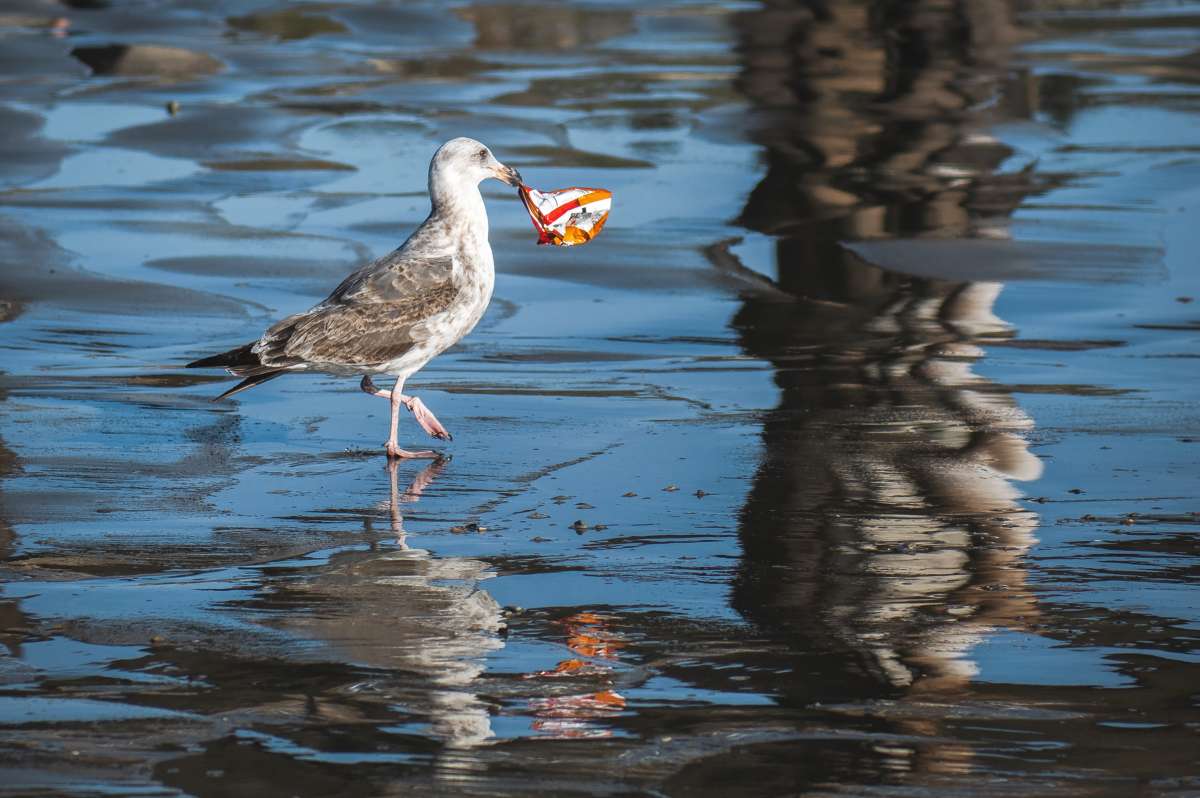
If trash isn't properly managed and ends up in waterways, it can cause a number of issues. Trash that ends up in waterways has a negative impact on ecosystems, endangers plant and animal life, and contaminates recreational and tourist hotspots. All forms of aquatic trash have the potential to harm wildlife and ecosystems, but plastic trash is especially worrisome due to its ability to persist in the environment after being produced, used, and discarded.
Environmental Impacts
Animals in both marine and terrestrial ecosystems are put at risk by trash pollution because of the direct physical dangers posed by ingestion and entanglement. The size, type, shape, and quantity of the trash, the organisms exposed, the exposure method(s), and the duration of exposure all play a role in how trash affects wildlife. Animals trapped in debris may suffocate or drown if they can't free themselves.
Many animals accidentally eat plastic while feeding or swimming because they mistake it for food. Animals that ingest this debris risk having their digestive systems damaged, which can lead to starvation and other problems. Animals as diverse as turtles, seabirds, and marine mammals have all been documented by scientists as having consumed or become entangled in plastic debris.
Plastic debris smaller than 5 millimetres in size does not biodegrade and thus pollutes the environment and is extremely difficult to clean up. Ingestion of microplastics may pose toxicological risks for organisms due to their potential to contain or absorb toxic chemicals. When aquatic organisms ingest microplastics, the chemicals they carry can be ingested by humans. Numerous types of fish and shellfish commonly eaten by humans have been found to contain microplastics. Exposure to plastic debris and microplastics poses chemical risks, but more study is needed to fully understand them.
While trash pollution can have negative effects on ecosystems, the specific impacts will vary greatly depending on the nature of the trash and the ecosystem it enters. Trash, for instance, can smother aquatic vegetation and coral reefs, stunting their development. Non-native species can be introduced to an ecosystem via debris.
Social And Economic Impacts
The sight of trash in anyone's neighbourhood is unacceptable. The aesthetic value of an area is diminished by its presence. There are risks to people's health and safety when trash piles up in or around a neighbourhood. Diseases can be spread from person to person through contact with litter, either directly or indirectly. Pests and fires can be drawn to improperly handled garbage.
The economic, tourism, and recreational sectors may all take a hit if trash ends up in the water. The cost of cleaning up after trash has been released into the environment is often borne by local governments and individuals.
Communities that rely on fisheries for food, income, and tourism could be negatively impacted if aquatic trash is allowed to accumulate. Trash washed up on shorelines or afloat in the water is unattractive and could pose a safety risk, lowering the value of waterfront destinations as tourist attraction. Damage to boats can also result from trash pollution, as debris can get caught in propellers or clog intakes.
Plastic Pollution
The fact that plastic does not break down entirely in nature makes it a particularly pernicious form of environmental pollution. Researchers have discovered plastic pollution in a variety of marine environments, including coral reefs, estuaries, beaches, and even the deep sea. Plastic does not biodegrade, so it will keep piling up in landfills and the natural world.
In this context, "plastic" refers to a broad class of synthetic polymers formed by combining monomers into longer chains that repeat the same structural elements. Plastic comes in a wide variety of forms. The specific properties of a plastic, such as its durability and flexibility, are determined by the types of monomers used to make the polymer, the method by which the monomers are bonded together, and the additives used during production.
Most synthetic (man-made) polymers, including ethylene and propylene, used in plastic production are petrochemicals derived from petroleum. In order to impart desired characteristics to finished plastic products, chemical additives such as plasticisers, flame retardants, and pigments are frequently used.
What Can Be Done?

Well, we can stop our trash from becoming litter in the first place, which is the first and most effective step in solving the problem.
- Don't throw trash around; instead, collect it and transport it to a garbage or, better yet, a recycling can.
- Covering and securing your trash and recycling cans will keep waste from blowing away or being rummaged through by animals.
- Don't produce trash in the first place. Please recycle and reuse! Reduce your use of disposable plastics by switching to reusable alternatives like bottles, straws, shopping bags, and storage containers. Don't buy things in single-serve packaging or quantities. Spend your money on better-quality products so you can replace them less frequently. Also, before you toss something out, ask yourself if it can be fixed.
- Find out what can and cannot be recycled by visiting your municipality's waste management website. You should be careful not to "wish-cycle," as this can contaminate your recycling and send materials to the landfill that could have been recycled.
- If you don't want to compost at home, there are likely free drop-off collection locations listed on your local list-serve or on the city's waste management website. You can compost without the hassle of managing or processing the compost itself by signing up for a home pickup service. Easy as pie, right?
- Participate in or plan a neighbourhood cleanup event, which is frequently organised by local community groups. If you only pick up one piece of trash per day, you'll have prevented 365 pieces of trash from entering local waterways each year.
- Instruct: Show your loved ones and acquaintances the proper way to reduce waste.
Every individual's contribution matters in the grand scheme of things. Select one action from the preceding list that fits naturally into your schedule and commit to making it a habit if you're just getting started. As soon as you've gotten used to that, you might want to consider making another subtle adjustment. Because even a seemingly insignificant shift can have far-reaching consequences, participate with us as a good steward of the planet.
FAQs About Rubbish Impact
Aquatic trash refers to garbage polluting rivers, lakes, streams, and creeks. Most of the garbage that ends up in waterways comes from land-based activities, such as littering, improper disposal of trash, and runoff from urban and agricultural areas.
Littering along the road, on the streets or by the litter bins, toxic materials or chemicals in litter can be blown or washed into rivers, forests, lakes and oceans, and, eventually can pollute waterways, soil or aquatic environments. The impact includes harming wildlife, damaging the natural environment, and contaminating water supplies.
Rubbish in waterways can harm aquatic life and the food chain, damage ecosystems and habitats, and contribute to the worsening of the climate crisis. Additionally, trash can carry toxins that can harm human health.
Rubbish that end up in waterways can include plastic waste, food waste, discarded fishing gear, and animal waste from factory farming.
Individuals can help reduce the amount of rubbish in waterways by properly disposing of trash, reducing their use of single-use plastics, participating in beach and waterway cleanups, and spreading awareness about the issue to friends and family.
Conclusion
Water contamination is a global issue caused mainly by garbage, which poses a significant threat to human and animal health, as well as freshwater supplies, which are vital resources on Earth. Various industries release contaminants into the water, including radiation, bacteria, viruses, parasites, fertilisers, pesticides, medicines, nitrates, phosphates, plastics, and excrement. The infiltration of these invisible pollutants into the water supply can cause widespread contamination. Additionally, sewage and wastewater account for more than 80% of the wastewater that gets discharged into the environment without being treated or reused, adding to the water pollution problem.
Agriculture is the leading cause of water pollution, especially in rivers and streams, followed by wetlands and lakes. Land-based sources, such as factories, farms, and towns, are responsible for the majority of oil spills in the ocean, with tanker accidents accounting for only 10%. Moreover, naturally occurring oil seeps can also contaminate water supplies. Radioactive waste can emit radiation that persists in the environment for thousands of years, while aquatic rubbish can harm ecosystems by threatening plant and animal life and contaminating tourism and recreation areas.
Plastic waste is particularly concerning as it does not biodegrade entirely, posing physical threats such as ingestion and entanglement to animals in both aquatic and terrestrial habitats. Microplastics, which can absorb or retain hazardous compounds, may also pose toxicological concerns to organisms. Trash pollution can also smother aquatic flora and coral reefs, as well as introduce non-native species to an area. This, in turn, affects the economic, tourist, and recreational sectors, as well as the health of people who depend on these resources.
To combat water pollution, people can take several actions, such as properly disposing of trash in the garbage or recycling cans, reducing reliance on disposable plastics, purchasing higher-quality products, composting at home, participating in neighbourhood cleanup events, educating loved ones, and committing to making one sustainable habit. These actions are essential to ensure that the world's resources are conserved, and harmful impacts on the environment are reduced.
Content Summary
- Water is essential to all living beings, and pollution is a global issue.
- Garbage, including plastic, abandoned fishing gear and other debris, negatively impacts ecosystems and human health.
- Marine debris is widespread, affecting the entire ocean and Great Lakes.
- Contaminants from various sectors endanger human and animal health, and freshwater sources are also affected.
- Pollution disrupts ecosystems and prevents water from being used for its intended purposes.
- The article focuses on trash in waterways and its effects on ecosystems, wildlife and human health.
- Polluted water is defined by the WHO as water that is no longer safe to drink.
- Major water pollutants include radioactive materials, bacteria, viruses, parasites, fertilisers, pesticides, plastics, faeces, and more.
- Water is particularly susceptible to contamination due to its ability to dissolve more materials than any other liquid.
- Pollutants from cities, towns and industries can easily enter the water supply and spread throughout the environment.
- Agriculture is the largest consumer of freshwater resources and the primary contributor to water pollution.
- Nutrients and pathogens like bacteria and viruses are washed from farms and livestock operations into waterways in the form of fertilisers, pesticides and animal waste.
- The toxic soup of blue-green algae known as an algal bloom can be triggered by nutrient pollution.
- Wastewater refers to discarded water, including sewage from homes and businesses, as well as metals, solvents and toxic sludge from industry and agriculture.
- Rainwater that flows over impermeable surfaces can pick up pollutants such as road salts, oil, grease, chemicals and debris.
- Over 80% of wastewater worldwide and as much as 95% in some of the world's least developed countries is discharged back into the environment without being treated or reused.
- Pathogens, phosphorus and nitrogen from sewage and heavy metals and toxic chemicals from industrial waste can be diluted in wastewater treatment plants before being released back into the water supply.
- Consumers are actually responsible for the vast majority of oil pollution in oceans, including oil and gasoline that leak from millions of cars and trucks every day.
- Roughly half of the 1 million tonnes of oil that enters marine environments annually does not come from tanker spills but rather from land-based sources.
- About 10% of the oil in the world's oceans comes from tanker spills, while the rest comes from the shipping industry's everyday operations, including both legal and illegal discharges.
- Trash that ends up in waterways has a negative impact on ecosystems, endangers plant and animal life, and contaminates recreational and tourist hotspots.
- Plastic trash is especially worrisome due to its ability to persist in the environment after being produced, used, and discarded.
- Animals in both marine and terrestrial ecosystems are put at risk by trash pollution because of the direct physical dangers posed by ingestion and entanglement.
- The size, type, shape, and quantity of the trash, the organisms exposed, the exposure method(s), and the duration of exposure all play a role in how trash affects wildlife.
- Animals trapped in debris may suffocate or drown, while others may mistake plastic for food, leading to blockages, internal injuries or poisoning.
- Trash can also change the physical characteristics of habitats, such as water flow and light penetration, which can negatively impact plants and other organisms.
- The trash in waterways can cause economic impacts, such as damage to infrastructure and tourism.
- Current initiatives to address the problem include government regulations, public education campaigns, and efforts to reduce, reuse, and recycle waste.
